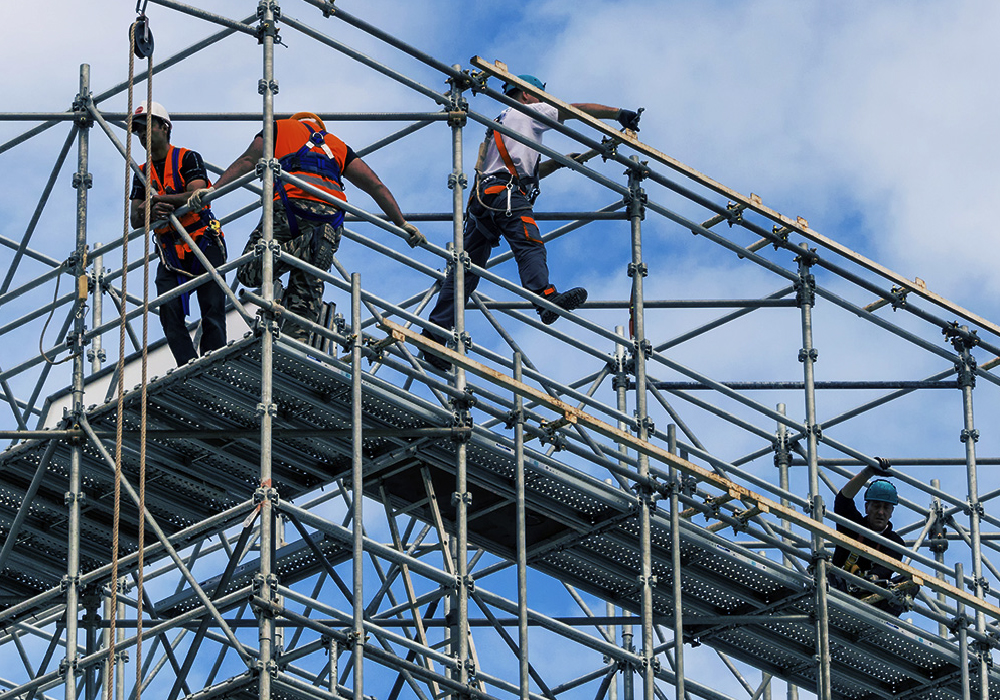
Simple Safety Tips for Construction Sites
As construction being known as one of the most dangerous fields to work in, safety must be the most critical issue for all people in this industry. Many people working in the construction industry haven’t had the opportunity to get the proper educational safety training, as it is not easy, and sometimes costly, for construction businesses to provide continuous training courses for all workers.
here are 5 simple tips that can be utilized to keep construction sites safe for everybody.
- Employing Safety Checklists
The first step in ensuring construction site safety is taking stock of all the components. This kind of checklist will draw attention to items of importance – from equipment and electrical elements, to hazard communication.
Knowing all of the components involved in a project allows workers to be conscious of how to work on the site, and staying aware of any potential risks. such checklists aid to ensure safety, smoothness of work, as well as reliability.
- Using Lockout/Tagout Systems
People working in the construction industry for some period of time are likely very familiar with lockout/tagout. These systems require that all equipment or machinery are properly deactivated while maintenance work is taking place.
Following this kind of procedures ensures construction safety in a number of ways, specifically in terms of electrical works. It is important as electrocution is a common culprit for serious injuries.
- Checking Scaffolding
Scaffolding is one of the most common hazardous components on construction sites, due to the fact that it is widely common to be used and it is easy to be installed or maintained improperly if workers are lacking some level of knowledge or not trained properly.
Scaffolding components can shift, crack or be moved in an improper way, resulting in decreased level of safety. Maintenance programs and regular inspections should be set for all scaffolding components to ensure good and safe conditions are maintained throughout the whole course of work.
- Wearing Proper Personal Protective Equipment
This may seem like a minor concern, but workers may skip on wearing proper personal protective equipment for the sake of comfort, convenience or simply a lack of time and this will be a risky way to cut corners.
Hazards are different on every site, so caution and attrition to the small details are necessary. The need for everything from safety glasses and safety shoes, to helmets, must be respected and all safety instructions should be strictly followed in order to ensure workers’ safety.
- Only Operate Machinery if Qualified
Many professionals who have already spent a considerable portion of their careers in the construction industry realize the importance of only operating machinery if they are licensed to.
The issue with operating a piece of machinery when not qualified is that a worker may not be aware of all risks and how things can go wrong, which will lead to unexpected disasters.
In General, it is not possible to capture all safety considerations on construction sites, therefore, providing comprehensive training for all workers is the most effective way possible.


